Not having a spread, as you do when using pellets, it’s very important to place your slug in a vital organ.
In ethical terms, and rightly so, hunters are required to kill game as quickly and painlessly as possible. This means it’s very important when hunting big, hoofed game to have comprehensive knowledge of the anatomy, or at least the physical structure of the same, to place an effective shot, in compliance with ballistic and ethical criteria.
Hug shot placement: where are the vital organs
Boar is hoofed game the weight of which can vary from a few dozen kg, to over 150 kg.
But it’s not just a question of size.
Boars are tough animals that will fight on when wounded so a shot taken with a shell that offers even the best ballistic performance in the most effective gauge must be placed with great precision.
Like all big mammals, boars have some important anatomical zones that can be considered “vital organs”.
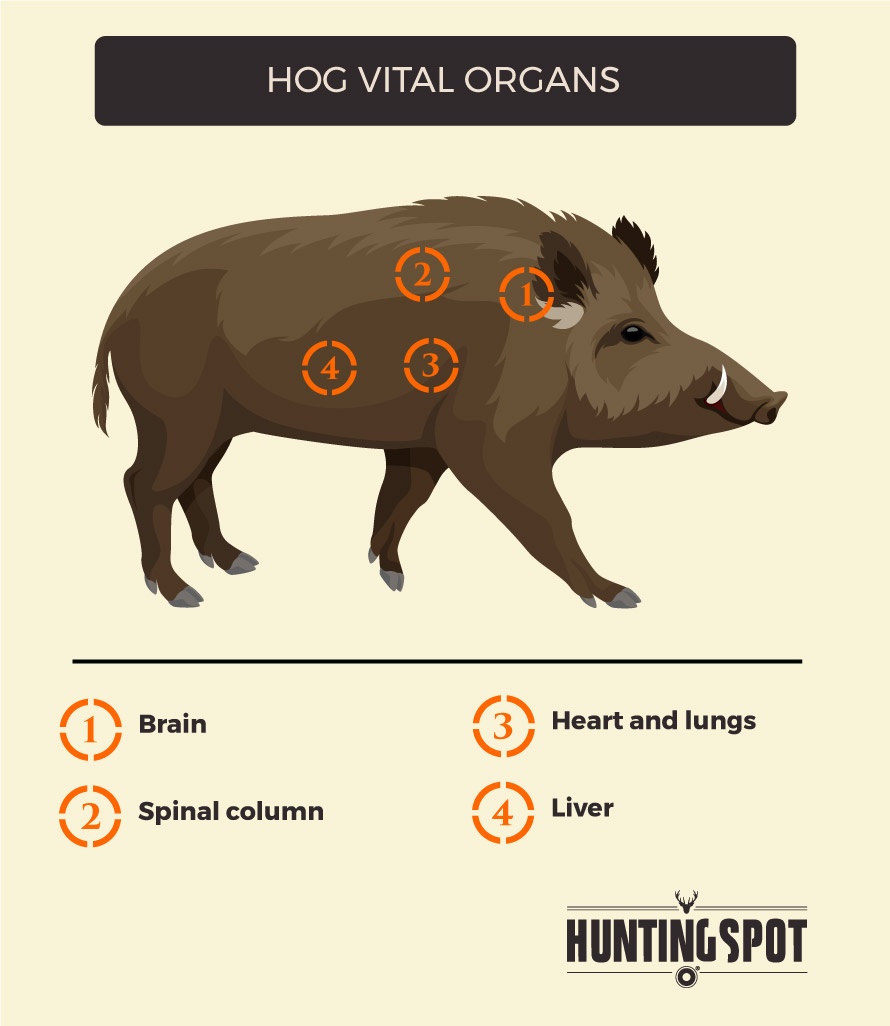
The most important of these vital organs is the central nervous system consisting of the brain and the spinal column, immediately followed by the heart-lungs. On the basis of this prerequisite, it’s clear that the major vital organs on this game are all situated in the front part of the boar’s body.
The central nervous system consists of the brain and the medullary cord, which runs down the spinal column, protected by the vertebrae.
The heart and the major blood vessels are located in the lower chest cavity immediately behind the shoulder, a well-known shot placement for stationary animals.
The lungs are also in the front central chest cavity, located around and above the cardiac region, and they occupy a much larger area than other vital organs.
A slug placed in one of these organs will always cause a major, incapacitating wound and often result in immediate death or a mortal wound quickly leading to death.
If the shot wasn’t precise enough and misses one of these areas, the result will be a secondary wound, which won’t kill the game immediately and will often result in the wounded animal fleeing and being lost.
Obviously the greatest precision in shot placement is directly related to taking the shot when the animal is stationary.
A shot taken at a moving animal, one that’s moving fast, will obviously be less precise with a greater chance of missing a vital organ and hitting a “vital zone”.
By “vital zone” we mean a part of the animal with a greater surface area than any of the above-mentioned vital organs, with reference to the chest where the heart and lungs are, and the spinal column above.
Three techniques and shooting situations on a hog hunt
By way of example, we can break things down into three hunting scenarios:
-
Hunting from a hide, with the game stationary or moving very slowly
-
Hunting in a group (drive / turning), with the game far off hounded by dogs getting slowly closer and stopping often to listen
-
Hunting in a group (drive / turning), the game runs towards or past the stand with the dogs at its heels, moving fast and perhaps not in a straight line.
Obviously, in the three situations described above, there’s an increasing difficulty when taking the shot, due to the speed at which the game is moving and its erratic movements.
Hog hunting with a smooth bore shotgun: scenarios and shot placements
In recent years there’s been an evolution in modern boar hunting with the decisive and irresistible introduction of rifles, and especially semiautomatic rifles in the classic 30/06, 308 W, 300 Win Mag. or 9.3x62 calibers, which have quickly become popular and are now widely used.
As a consequence of this evolution, smooth bore shotguns have, more in theory than in practice, been abandoned in favor of rifles, considered more deadly, although this isn’t really justified.
In reality, smooth bore shotguns are still widely used, often by groups of hunters for some very valid reasons.
First and foremost, a hunter probably knows their smooth bore shotgun better than any other gun and will shoulder it more instinctively to place an effective shot, and this makes it a lot easier to hit the game.
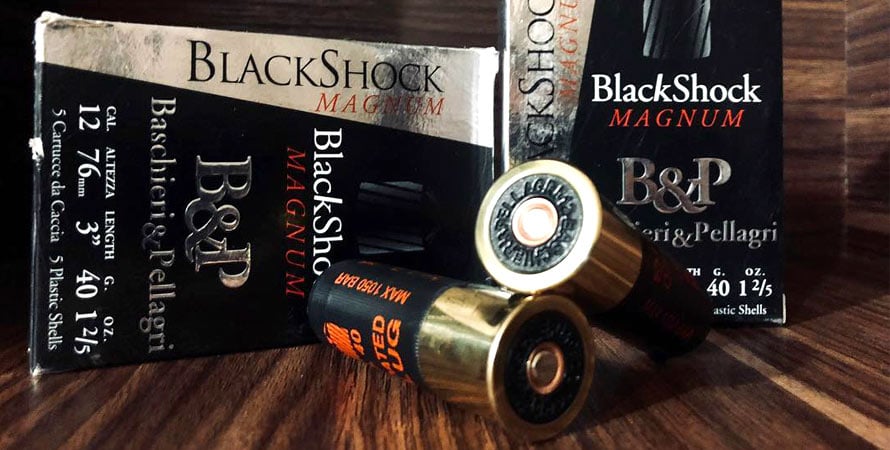
The wide range of modern slug shotgun ammo, which has recently been greatly improved and developed to make it more powerful and effective with less of a tendency to ricochet, has effectively helped maintain the popularity of this kind of gun.
Boar hunting from a hide
When hunting from a hide we have the chance to take a shot at a stationary animal, making it a lot easier to hit exactly the spot where aiming at, thanks to the notable precision of modern slug shells, perhaps also using a slug barrel with metal sights.
In this case, if the shot is taken at close range at a stationary target, the most important vital organ on a boar is the heart.
The most effective alternative, but which represents a more difficult shot, is the cervical rachis.
To hit the heart, a shot must be placed in the area immediately behind and above the shoulder, while to hit the cervical part of the spinal column you should aim just behind where the ear attaches to the head.
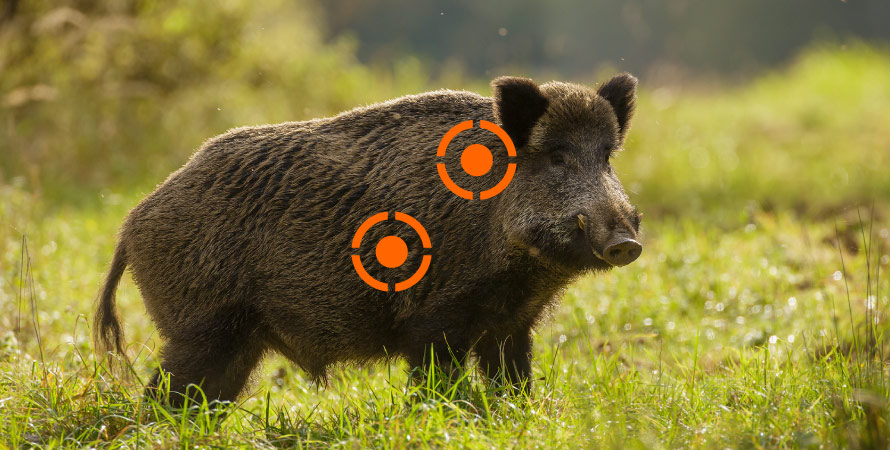
The effect of both of these shots is lethal, with a quick kill in the first case, dropping the game where it stands, or in any case after taking just a few steps, while the second is instantaneous.
A shot that hits the central nervous system in fact, causes immediate neurogenic shock, which drops the game in its tracks.
With a front facing target, the best place for the shot is the head, between the boar’s eyes and its forehead, which is where the brain is, and also in this case a well-placed shot will produce an instant kill.
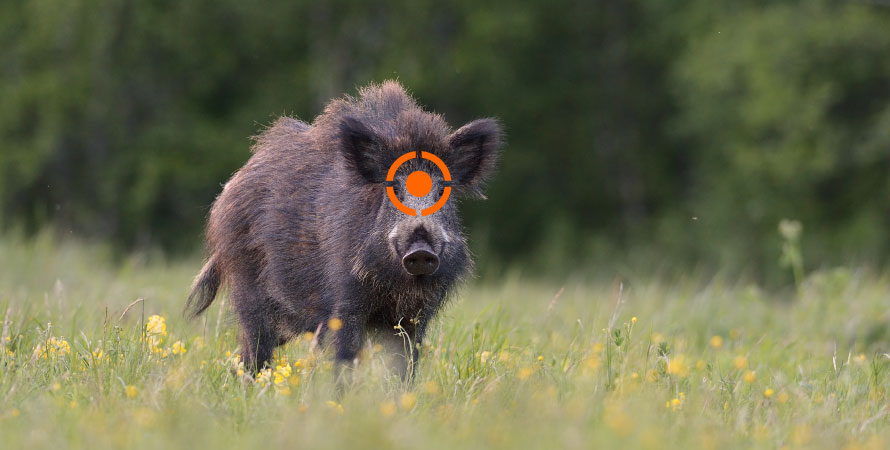
A very similar scenario when hunting in a group is found in cases when the boar, having outrun or lost the dogs, arrives at the stand moving slowly, stopping as it often does to listen and locate the pack.
In this situation the target is practically stationary, and the shot can be taken in conditions that are very similar to those we’ve considered above.
If the target is side-on, it’s best to aim for the heart, because even if you’re slightly off target you’ll hit the lungs, and it’ll be a quick kill.
Aiming at the cervical rachis isn’t a good idea in this case as it will be quite a small, moving target (a boar moves its head quite a lot when it stops to listen to the barking of the dogs and identify their position) so there’s the risk of a disastrous miss.
With front-facing game, the two best targets are the center of the head or the tip of the chest, if the position of the animal gives you a shot at this part.
Where to hit a running wild boar
The game runs fast towards the stand continuously changing direction, allowing to use an instinctive shooting technique with precarious aiming and relative precision.
In this situation the hunter has to aim at a “vital zone” rather than a “vital organ”.
The shot, in this case, is similar to a shot taken at a running hare using a shell loaded with pellets, or at game that flies across our position at low height.
You’ll obviously have to see the lead to compensate for the movements of the target in the time it takes for the slug to hit after taking aim. The lead will therefore depend on the speed, distance and angle of the running animal.
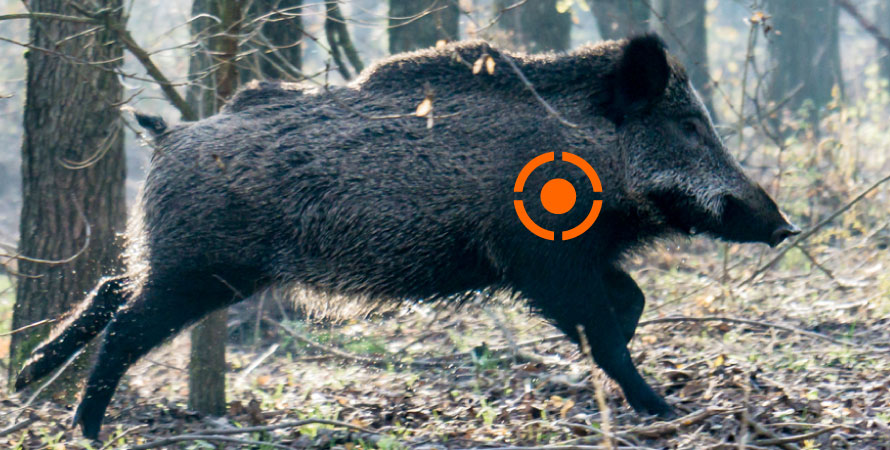
With modern high-velocity slug shells, at relatively close ranges (10 - 50 m) often encountered when hunting in a group, your lead will be a few dozen centimeters.
Therefore, line the rib and sight up with your eye, aiming the shot just a little in front of the vital zone you intend to hit. The ability and skill of a good shooter, as always, is a question of experience, practice and confidence with your gun and ammo.
In this case, having practiced target shooting at a running boar target will be a great help, to familiarize yourself with the combination of gun/shell for the best results on this kind of hunt.
Hunting boar with a rifle: scenarios and shot placement
The ballistics of a rifle shooting metal jacket bullets are very different to those of a smooth bore shotgun due to the highly traumatic and damaging effect of the high velocity projectile.
A bullet shot from a rifle travels at twice the velocity of a slug leaving a shell so it can easily shock game, making it much easier and a lot more common to drop the animal in its tracks.
Less lead is needed when using a rifle due to the high velocity of the bullet.
Also in this case we can essentially consider the same cases we did above: so with the game stationary you’ll be able to take very precise aim and place the shot in a vital organ; or you’ll be taking a shot at a moving target so you’ll have to see the lead in relation to the vital zone you intend to hit.
The effectiveness of the shot in relation to where it’s placed doesn’t change substantially in relation to what we already described for smooth bore shotguns. There’s a very important vital zone in the front of the chest and the heart, lungs and spinal column are vital organs sure to bring the game down if hit.
As a bullet fired from a rifle dissipates more energy, it will wound a larger anatomical area than a slug, as it creates an effective shockwave in the interstitial liquids turning them into dynamic wounding vectors.
Most of the vital organs in mammals are made up of cavities, so the powerful dynamic shockwaves generated by the pressure produced by the bullet on the liquids, can easily cause mortal wounds or destroy the same organs.
Beyond proper shot placement consider the place you’re hunting in and the ammo/gun you’re using
Considering the information on boar hunting we’ve just analyzed, it’s clear that it isn’t always possible “to hit” the right point with certainty and the greatest precision in every situation, but only in those cases in which the game is stationary or moving quite slowly.
Luckily, the power in terms of the ballistic effectiveness of modern guns/ammo, compensates for shots that aren’t fired with perfect placement to a much greater extent than in the past.
Even the biggest boar hit in its chest by a modern, high performance slug or well-made bullet fired from a rifle will drop where it stands, or in the immediate vicinity after having taken just a few steps.
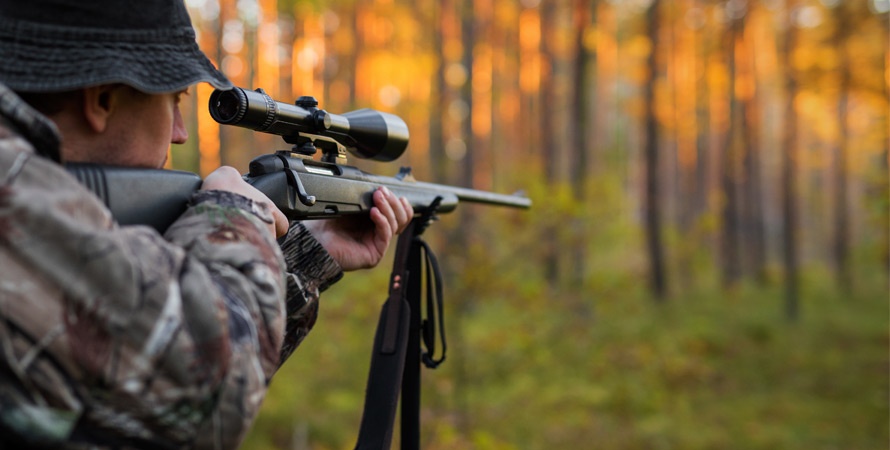
But in many cases it’s also the kind of place we’re hunting in that can complicate taking a precise and effective shot at the game. There are often thick branches, undergrowth, bushes and vegetation in general where we are hunting boar, which can partially cover the target, so you only catch a glimpse of the game.
Shrub and vegetation, in some cases, can deviate high-velocity bullets fired from rifles so they hit just a little off the vital organ you were aiming at, changing the final effect of what would have been a perfect shot.
Missed shot! What can happen?
Shots that aren’t perfectly on target will produce different results obviously depending on the severity of the wound they cause.
A big boar with a stomach wound when the shot hits too far back and has damaged its intestines will unfortunately go a long way, suffering a great deal and be very hard to find.
A wound to the liver or diaphragm, while it won’t have the same rapid and mortal effect as a shot to a vital organ, will bring the game down fairly quickly, so it can be retrieved after a few dozen or hundred meters.
Wounds to the legs (hooves), which are quite frequent on this type of hunt, won’t kill the game, but do cause a severe injury that will permanently disable the animal.
The "hit" boar gets up and runs again
We’ll end with a case that does actually occur quite often. An animal which appeared to drop dead in its tracks gets up again and flees soon after.
This happens when the shot hits the spinal crest or one of the apophyses on a vertebra of the spinal column.
The animal drops to the ground in shock after the shot hits, but it’s not a severe wound and it recovers in just a few minutes to run off apparently unscathed.

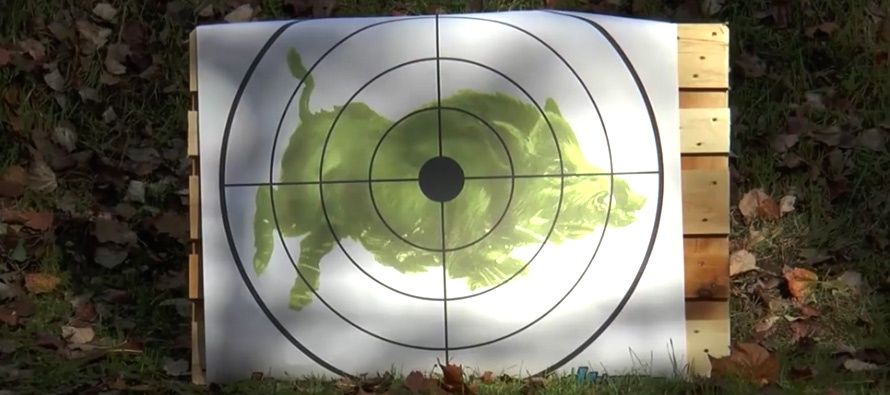
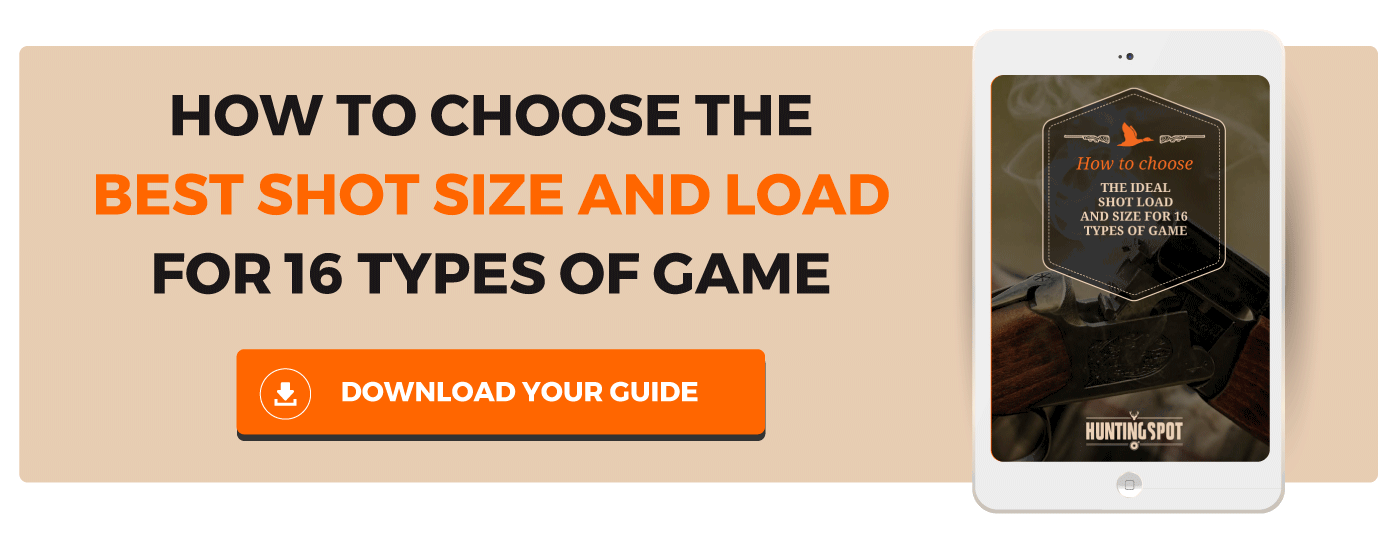
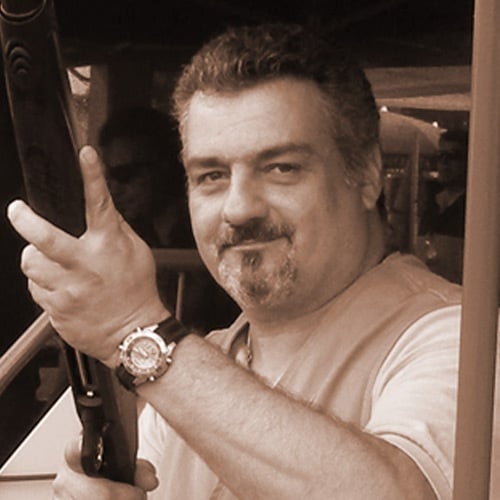
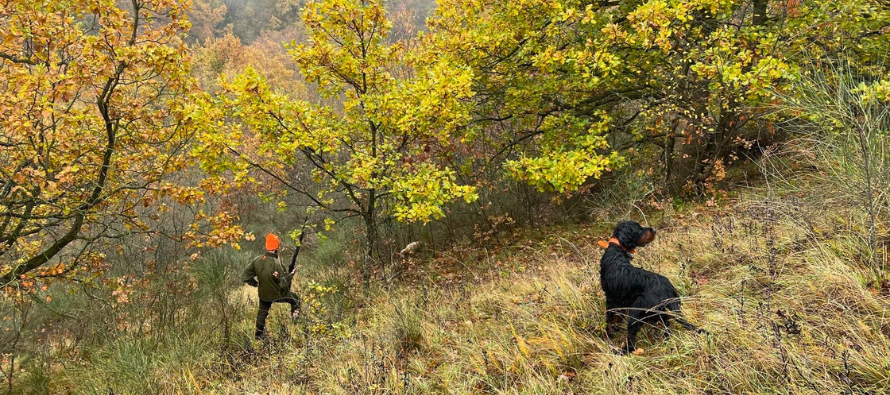
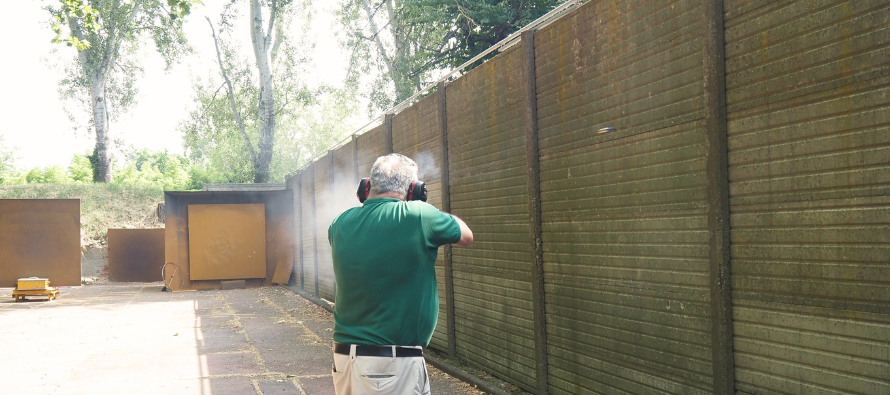
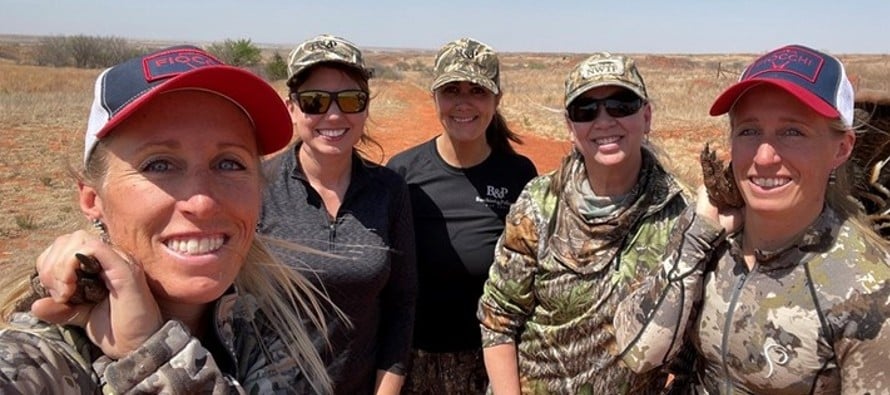
Comment this post